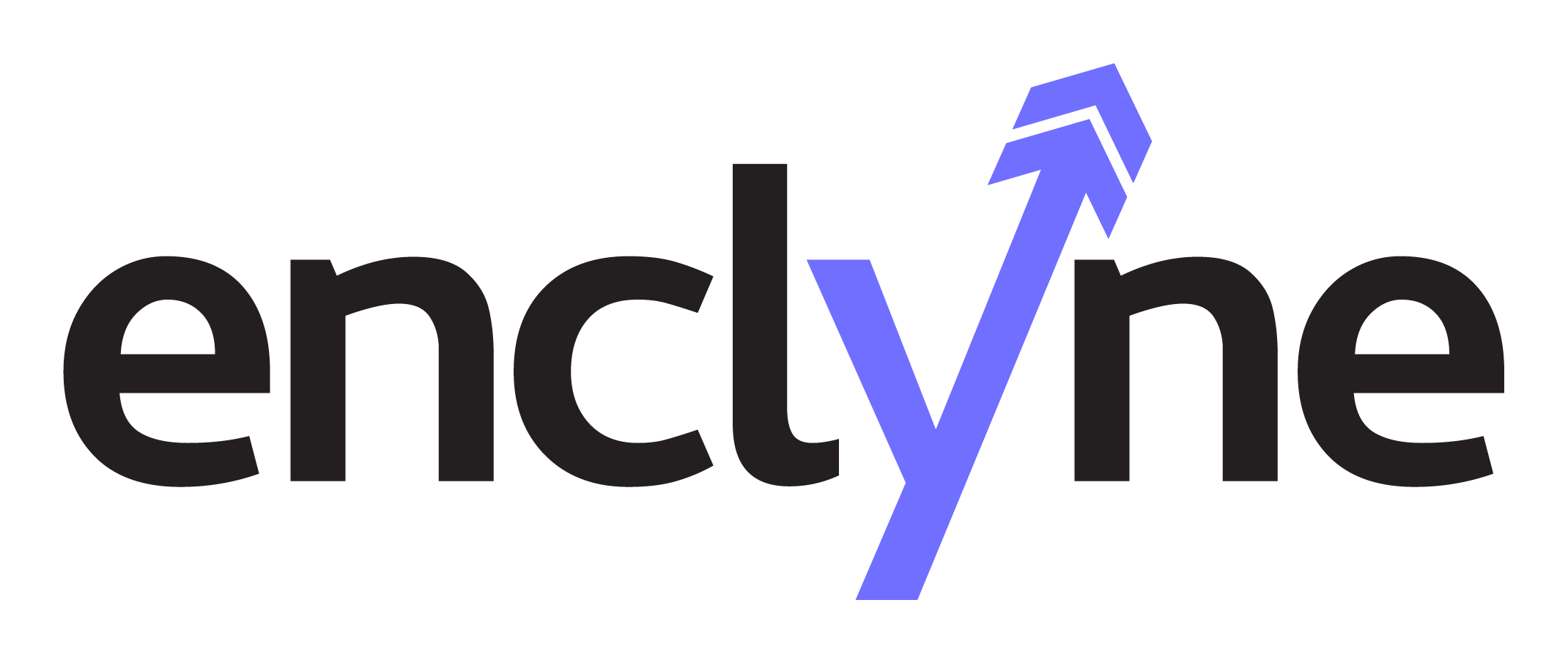In part one of the Microsoft Office 365 Tenant to Tenant series, Chris King, a Senior Consultant with Enclyne, defined the terms of a Tenant to Tenant migration. For that background information please see this blog:
We often see two scenarios in Microsoft Office 365 tenant to tenant or also known as Microsoft Office 365 to Microsoft Office 365 migrations. In the first scenario, the acquired company is adopting the name, and domain, of the acquirer. This scenario reduces some of the challenges in the project, mostly timing of the transition, as all users are not required to be migrated at one time. In the second scenario, two companies merge into a single tenant- while also retaining their unique domain and individual email addresses. The second scenario is the subject of this blog, but many of the challenges are shared in both approaches.
A big challenge of the Microsoft Office 365 tenant to tenant migration is the restriction that a domain name and an email address can only reside in one Office 365 tenant. If your objective is to retain the current domain and email addresses, then you must perform a cut-over migration in which all users are changed at one time.
Sounds good doesn’t it. All users and domains are cut-over on Friday, and on Monday- everything works. But there is a catch- Every PC, laptop, smart phone, tablet, SMTP connection, distribution list, shared mailbox, and resource mailbox, as well as Azure AD Connect, will need to be re-configured.
Let’s start with user devices which have an Outlook configuration, or ‘Profile’.
The Outlook Profile defines your email account, user name, password, and where your data is stored. In Office 365, each Outlook Profile is mapped uniquely and, therefore, possesses a unique configuration. Exchange Online’s autodiscover service will assist the Outlook client in determining each users’ unique configuration. However, an updated Outlook profile is necessary to authenticate properly to the autodiscover service. This is not only a technical challenge, but also highlights the necessity of an effective end-user communication strategy. We have several communication templates which can be sent in the weeks and days preceding the change. However, while a refined communication strategy will help set end-user expectations, there is one simple fact that should be understood: changing all Outlook Profiles will burden your users, help desk, and IT staff.
There are third party tools which offer automated Outlook Profile configuration. These tools work in some cases, but often fail if an end-user misses a notification message, turns off their computer, lacks administrative privileges, or for a number of other reasons. So, plan accordingly!
Our consulting team provides guidance, email templates, and planning services, for the Outlook Profile changes required.
One feature of a properly managed tenant to tenant migration is that mail is always available through ‘Outlook on the Web’ or ‘OWA’ as it is still called. Part of your communication strategy should remind users to save https://login.microsoftonline.com/. Once bookmarked, all a user will need to know is their credentials. The Microsoft Outlook Web Application provides everything users need to conduct email communications, schedule meetings, and access shared calendars and mailboxes.
Hybrid considerations. If one or both tenants are currently in an active hybrid configuration there are additional challenges which will be addressed in a future deep dive technical blog.
Azure AD Connect synchronizes a users identity and password with Office 365. As a result, users are able to sign into all Office 365 services with their current Active Directory password. Client services of Office 365, like Outlook, Skype for Business, and OneDrive, have options allowing them to retain credentials, and will only require password re-entry when a password is changed in Active Directory.
If Azure AD Connect is currently deployed to the source tenant, the client will need to be reconfigured to point to the new tenant. Only one Azure AD Connect client can point at an Office 365 tenant.
For more information about this type of migration please contact us for a consultation. Look for future blogs addressing Hybrid Configuration, Identity Management, Timing and Branding.
MERGERS & ACQUISITIONS: With our team’s assistance you will accelerate the integration of your information technology assets. Enclyne specializes in merging messaging systems, document management and server and networks. Use our experience to ensure your merger’s success.
